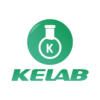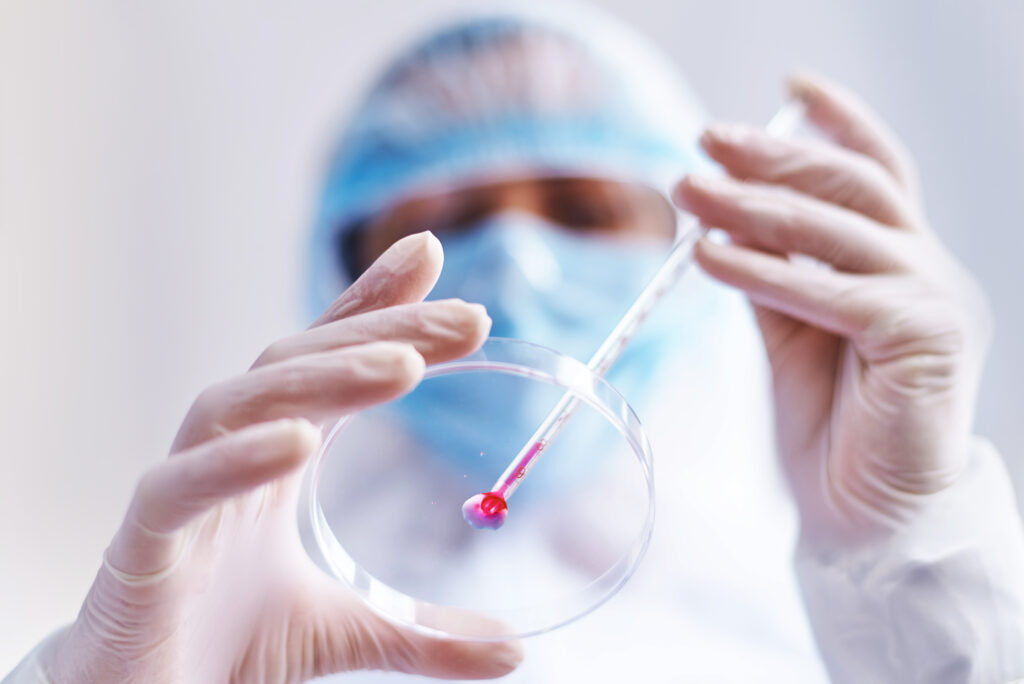Cell culture requires a large number of consumable items, such as glassware, metal ware, plastic, rubber products, cloth, paper, etc. Therefore, it is necessary to master the knowledge of cleaning and disinfection and learn the methods of cleaning and disinfection to engage in cell culture.
Cleaning in vitro conditions, harmful substances directly contact with cells, cells are very sensitive to any harmful substances, very little residue can produce toxic and side effects on cells. Therefore, new or reused utensils must be carefully cleaned to the point that they do not contain any residue.
- The cleaning of glassware generally goes through four steps: soaking, scrubbing, soaking and cleaning.
- soak: new or used glassware should be soaked in water first, soften and dissolve the attachment. New glassware should be simply washed with tap water before use, and then soaked overnight with 5% hydrochloric acid; Used glassware is often attached with a large number of protein and grease, dry after it is not easy to scrub, so it should be immediately immersed in clean water for scrubbing.
- Scrub: Put the soaked glassware in detergent water and scrub it repeatedly with a soft brush. Do not leave dead corners and prevent damage to the finish of the surface. Wash the cleaned glassware, dry it and prepare it for soaking.
- acid leaching: acid leaching is to soak the vessels into the cleaning solution, also known as acid, through the strong oxidation of the acid to remove possible residual substances on the surface of the vessels. The acid should not be soaked for less than six hours, usually overnight or longer. Be careful how you handle the utensils.
- Rinse: Scrub and acid-soaked vessels must be fully rinsed with water. Whether the vessels are washed clean after acid-soaked directly affects the success or failure of cell culture. After manual washing acid-soaked vessels, each vessel should be repeatedly “water-emptying” for at least 15 times. Finally, it should be soaked with resteamed water for 2-3 times. After drying or drying, it should be packaged for later use.
- Rubber products cleaning New rubber products washing method: 0.5mol/L NaOH boil for 15 minutes, rinse with water, 0.5mol/L HCl boil for 15 minutes, rinse with water, boil tap water twice, boil distilled water for 20 minutes, dry at 50℃ for later use.
- Cleaning plastic products plastic products characteristics: soft, easy to scratch; Good corrosion resistance, but not heat resistance. Cleaning procedure: after using the utensils, immediately clean with water, soak in tap water overnight, scrub with gauze or cotton swab and 50℃ cleaning solution, rinse with water, dry, soak in cleaning solution for 15 minutes, rinse with water (15-20 times), soak in distilled water three times, double steam water for 24 hours, dry for later use.
- Packaging: Before disinfection of cell culture articles, they should be tightly packed to facilitate disinfection and storage. Commonly used packaging materials: kraft paper, sulfate paper, cotton cloth, aluminum lunch box, large petri dishes, etc., in recent years with aluminum foil packaging, very convenient, suitable. Petri dishes, syringes, metal instruments, etc. are packed in kraft paper and then put into the lunch box. Larger utensils can be partially wrapped.
Disinfection and sterilization Microbial contamination is the main cause of cell culture failure
- Physical disinfection
1. Ultraviolet disinfection: ultraviolet is a kind of low energy electromagnetic radiation, can kill a variety of microorganisms. Gram-negative bacteria were the most sensitive, followed by positive bacteria, followed by spores, and fungal spores were the most resistant. The direct effect of ultraviolet is to inactivate microorganisms by destroying nucleic acids and proteins, and the indirect effect is to kill microorganisms by ozone produced by ultraviolet irradiation. Disinfection in culture chamber by direct irradiation is simple and effective.
The disinfection effect of ultraviolet lamp is positively correlated with the radiation intensity and irradiation dose of ultraviolet lamp, the radiation intensity decreases with the increase of lamp distance, and the irradiation dose is positively proportional to the irradiation time. Therefore, the uv lamp with the irradiation of the distance and irradiation time should be suitable. A 30W lamp 2 meters above the ground can illuminate a room of 9 square meters for 2-3 hours a day with an interval of 30 minutes. Lamp 2 meters away from the ground to prolong the irradiation time, 2.5 meters of irradiation effect is poor.
The distance of uv lamp irradiation table should not exceed 1.5 meters, irradiation time of 30 minutes is appropriate. Ultraviolet light not only harms skin and eyes, but also has adverse effects on cultured cells and reagents. Therefore, do not operate with ultraviolet light on.
2. High temperature humidity heat sterilization: pressure steam sterilization is the most commonly used high temperature humidity heat sterilization method. It has good penetration to biological materials and can cause protein denaturation and solidification and microorganism death. Cloth, material, glassware, generic ware, glue and some culture fluids can be sterilized by this method.
The temperature of steam under different pressure is different, and the effective disinfection pressure and time required for different disinfection items are different. The sterilized articles (excluding liquid) removed from the pressure steam sterilizer should be immediately placed in the oven of 60-70℃ to dry, and then stored for later use, otherwise, the surface of the wet packaging articles is easy to be contaminated by microorganisms.
Boil disinfection also is commonly used damp heat disinfection method, it has the characteristic such as condition simple, convenient use.
3. High temperature dry heat disinfection: dry heat sterilization is mainly to heat the items in the electric oven to more than 160℃, and keep it for 90-120 minutes, kill bacteria and spores, to achieve the purpose of sterilization. It is mainly used for sterilizing glassware (such as large beakers and culture bottles), metal ware and articles that cannot be contacted with steam (such as powder and oil).
After dry heat sterilization, turn off the switch and cool the item gradually before opening it. Do not open it immediately, in order to avoid the sudden change of temperature and break the glassware in the box. There should be gaps between items in the dry oven, and items should not be near the heating device.
Cauterization is also one of the sterilization methods. The flame of alcohol lamp on the table is often used to cauterize the mouth edge of metal vessels and glass vessels.
4. Filtration sterilization: is the liquid or gas with microporous film filtration, so that larger than the aperture of bacteria and other microbial particles retained, so as to achieve the purpose of sterilization. In vitro culture, filtration is mostly used for reagent or culture medium that is easy to denaturate and fail when exposed to heat. At present, most laboratories use microporous membrane filter to remove bacteria. The key steps are the installation of the filter membrane and the aseptic filtration process.
- Chemical disinfection: the 0.1% aqueous solution can wipe and soak the instrument, skin and operating surface.
- Antibiotic disinfection: antibiotics are mainly used to disinfect culture medium, which is an important means to prevent microbial contamination in the culture process, and also a “first-aid” method when microbial contamination is not serious. Different antibiotics kill different microorganisms, should be selected according to need.
There are many methods of disinfection and sterilization that can be used in cell culture, but each method has a certain range of adaptation. Such as commonly used filtration sterilization system, ULTRAVIOLET irradiation, electronic germicidal lamp, lactic acid, formaldehyde fumigation and other means of disinfection laboratory air; Multi-purpose new clean and disinfection laboratory floor; Commonly used dry heat, damp heat disinfectant immersion, ultraviolet irradiation and other methods to disinfect culture vessels; The culture medium was sterilized by high pressure steam sterilization or filtration sterilization.


